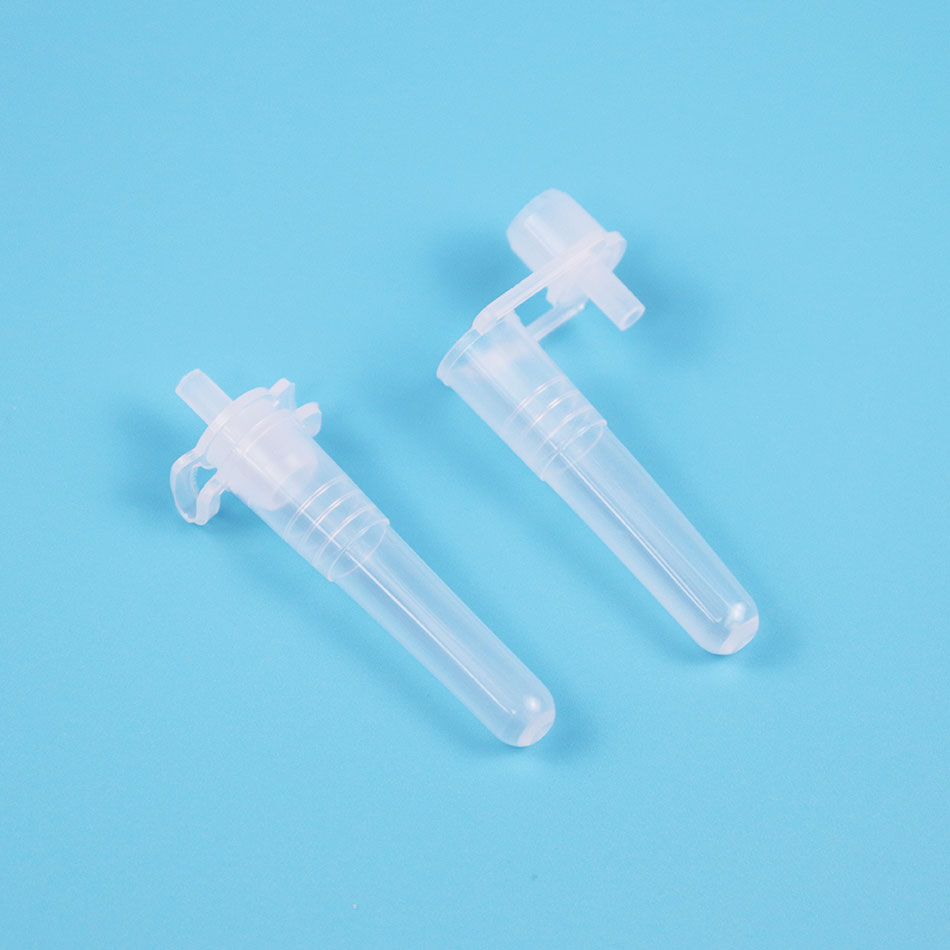First of all, we have to define smart health care , that is, medical care with smart devices. Nowadays, with the development of computer technology, it seems that many things want to become smart, and medical care is also, then about smart medical care, it can be divided into the following two main directions: first, based on personal medical hardware intelligence; second, based on The hospital's medical intelligence. First, let's look at the first one, which is the current smart medical hardware. Every time I see news or products about smart medical care, I think of a sentence: too young, too simple, sometimes naive. Because most of these products focus on personal medical services, they are inseparable from the common data of heart rate, blood pressure, blood sugar, height, and weight. The accuracy of these measurements is not considered. These measurement items and general pharmacies are free of charge. No difference, perhaps due to the difference in principle, the accuracy is not even as good as ordinary medical equipment . Why is this emerging so-called medical model receiving such great attention? The reason is that many people see the medical work, which requires specialized knowledge, as being able to be replaced, without knowing the complexity of the doctor’s work. The simple labor, the professional professor and chief physician who has been trained for decades, is regarded as a repairman who does repeated mechanical labor, and regards the complex human body as a simple machine. Overestimating the role of intelligence, seeing intelligence as a substitute for hospitals. A year and a half ago, when I first came into contact with medicine, I had the idea of ​​wanting to programmatically and intelligently. But with the penetration of medical knowledge, I realized that the ocean of medicine in front of me is by no means understood by our small fish and shrimp. Below, we analyze the powerlessness and limitations of intelligent medical hardware from a basic and everyone's examination. This test is blood routine. In simple terms, it is blood drawing, and the content of various substances and cells in plasma is observed and recorded. . This involves the entire blood routine, starting with blood collection, using a pre-sterilized disposable blood collection needle to puncture the fingertips, collecting blood with a capillary or Test Tube, and adding an appropriate amount of anticoagulant to prevent blood from clotting. The blood is then diluted, and the number of various cells is counted under a microscope using a cell counting plate, and the number of blood cells is calculated by a simple calculation. The blood is centrifuged, and the diluted plasma plasma is added to a spectrophotometer to calculate the amount of various macromolecules in the plasma using data of ultraviolet-visible absorption peaks at different wavelengths. This is the simplest medical examination done with the simplest equipment. It is also the inspection method that is needed in the diagnosis and treatment of most diseases. Let us take a look at how much equipment is needed for this basic examination. First there is a sterile environment, blood collection equipment, clean test tubes, microscopes, and spectrophotometers. Although these instruments are not expensive, the price of these instruments clearly exceeds the limits of personal medical care. Moreover, the volume of these instruments is not small, and it is not realistic in the home of individual users. As for the miniaturization of these instruments, they cannot reach the level of households in a short period of time. Finally, there is one and most important question, who makes the medical decision, the hardware itself, the user, or the doctor. If smart medical hardware makes decisions, how can this hardware have the ability to judge disease? If the judgment is wrong, who will bear the responsibility? Does anyone dare to let a computer make life-related medical decisions? If the user makes the decision himself, does the user have enough medical knowledge? Can users stay calm in times of crisis? If medical professionals make decisions, can weakened modern medical examinations support such decisions? If the decision-making mistake should be a liability accident or a technical accident? If we can't give reasonable and affirmative answers to these questions, the personal medical hardware intelligence will not be realized in the near future.
Antigen Extraction Tube,Virus Sampling Tube,Disposable Test Tube,Disposable Transfer Pipettes,Blood Medical Pipette Jiangsu HXRT MD Co.,Ltd , https://www.jshxrtmed.com

Antigen extraction cells refer to a class of cells that can take up, process antigens and present antigen information to T lymphocytes, also known as helper cells. In the process of thymus-dependent antigen inducing B lymphocytes to produce antibodies, not only the synergistic effect of T and B lymphocytes is required, but also the assistance of another type of cells, so this type of cells is called helper cells. It plays an important role in the body's immune recognition, immune response and immune regulation.